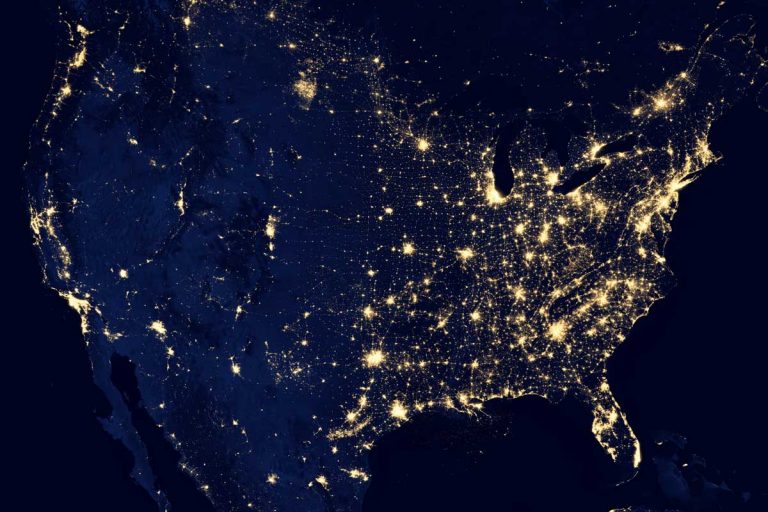When will we know who won the US presidential election 2020? Here’s what to watch for
This is the first election in history where more people have voted in advance of Election Day than on it, and because of this, it means there may be some voting irregularities in terms of the time it takes to collect and expose the vote results. Taking the global pandemic into account means that it will inevitably be more difficult to count votes than past years—some results may come in quickly, while some might be delayed. Here’s what you need to know about the upcoming Election Day and how you can follow along with the results.
The winner of the election may not be clear by midnight today (3 November), which is not unusual as the last five election results have also run overtime, however, we might have a result in the presidential race by the end of the night if either candidates, Trump or Biden, achieve decisive wins in key states. The data from the amount of early voters may also provide important insights on the turnout of the election.
Times to tune in to the US election
6pm ET (3pm PT, 11pm GMT, 10am AEDT)
The first polls close in most of Indiana, in which the Vigo country on the Illinois border has voted for the winner of every presidential election since 1956 (but don’t count on it), and Kentucky.
7pm ET (4pm PT, midnight GMT, 11am AEDT)
Just an hour later, most polls will close in the highly important state of Floria. While the state is usually known to count votes quickly, let’s all practice non-expectation this time round, shall we? There will be a lot more to keep up with and watch out for.
7.30pm ET (4.30pm PT, 12.30am GMT, 11.30 AEDT)
While you keep one eye on Florida’s results, prepare for North Carolina to roll out their counts. Ohio, who has Biden in the lead with the early voter count, will be ready-set-go with their results around this time too. As this is happening, we’ll also be watching Cleveland. Oh, the drama.
8pm ET (5pm PT, 1am GMT, 12pm AEDT)
You’ll really be sucked into the franticly tense whirlwind by now, but squint through the chaos regardless, as by this time in the race you might be seeing piles of numbers starting to form. Michigan, Texas will close some polling sites, with the rest closing at 9pm ET.
Pennsylvania, another state to close its polls at 8pm, is the hare in this nauseating race. It is very likely in fact that the election result of this state will not be known for days after the polls close, because the biggest city, Philadelphia, could take days to count its mail-in ballots.
9pm ET (6pm PT, 2am GMT, 1pm AEDT)
Eyes will no doubt be getting scratchy here in the UK, but hang in there. You’ll be looking over your shoulder around now, back to Floria, North Carolina, Georgia and Ohio, but also, boom: Arizona.
Colorado, New Mexico, and Omaha, Nebraska. Take a breather, Wisconsin.
10pm ET (7pm PT, 3am GMT, 2pm AEDT)
Will we sense a winner? Maybe not yet, but Utah, Nevada and Iowa are up next in line.
11pm ET (8pm PT, 4am GMT, 3pm AEDT)
By this point, the polls will be closed on the west side of the US. California, Oregon, Washington and Hawaii, and if we haven’t started to see a pattern already, these states will be the definitive show and tell.
1am ET (10pm PT, 6am GMT, 5pm AEDT)
Alaska will still be unfurling its cocoon, but for the rest of us, whether you’re just waking up, stress sleeping, or on the drags of an all nighter, the truth will be out and setting in around the world. All we can say really, is keep your fingers, toes (and anything else you can) crossed for a positive outcome.
One thing we do know for sure is that, no matter the final result, we will still get to call President Trump a ‘Lame duck’ as he sits out the remaining 73 days of his term in the Oval Office after the election.





